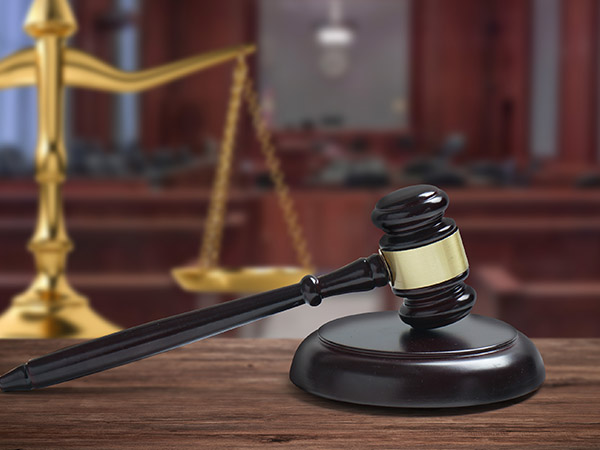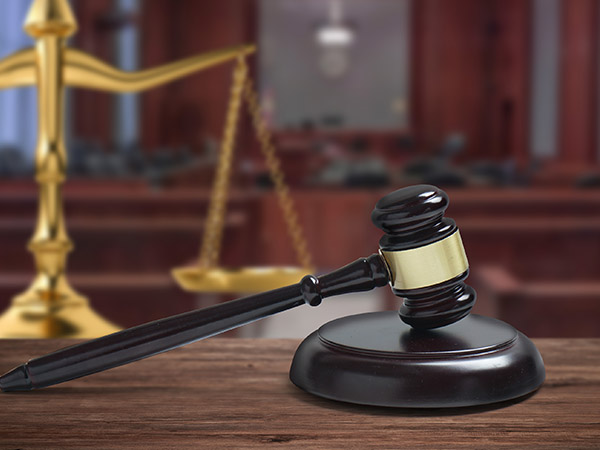Case 1 Administrative dispute over invalidation of design patent of "Landwind SUV"
[Basic Information]
Case No.: (2016) Beijing 73 Administrative First Instance No. 4497
(2018) Beijing Administrative Final Instance No. 4169
Plaintiff: Jiangling Motors Holding Co., Ltd.
Defendant: Patent Reexamination Board of China National Intellectual Property Administration
Third Party: Jaguar Land Rover Limited, Gerard Gabriel McGovern
[Case Brief]
The design patent at issue, titled “SUV (Landwind E32)” with the Patent Number CN201330528226.5, is owned by Jiangling Motors Holding Co., Ltd. (hereinafter referred to as “Jiangling”). Jaguar Land Rover Limited (hereinafter referred to as “Land Rover”) and Gerard Gabriel McGovern (hereinafter referred to as “McGovern”) filed requests for invalidation of the patent at issue respectively on the ground of violating paragraphs 1 and 2 of Article 23 of the Patent Law (2008 Amendment). The Patent Reexamination Board of the China National Intellectual Property Administration (hereinafter referred to as “the Patent Reexamination Board”) made the disputed decision accordingly, ruling that the patent at issue and the contrastive design had no substantial difference in the overall visual effects and the patent at issue did not conform to paragraph 2, Article 23 of the Patent Law (2008 Amendment), and declared the patent at issue invalid in whole. Jiangling was dissatisfied with the decision and filed an administrative litigation with the court of first instance. The court of first instance held that the patent at issue had different design features from the contrastive design in headlamp, air-inlet grille, slender air intake, fog lamp, penetrating tank, auxiliary air intake, inverted-U shape backplate, rear lamp, trim panel, the area of license plate and seamed edge; visual disparity arising from the combination of such features formed significant influence on the overall appearance of SUVs and was sufficient for general consumers to distinguish between the patent at issue and the contrastive design. In comparison with similarities, the aforementioned differences had more significant influence on the overall visual effects of the patent at issue and the contrastive design, therefore the patent at issue had distinctive difference from the contrastive design. Accordingly, the court of first instance made a judgment to revoke the disputed decision. The Patent Reexamination Board, Land Rover and McGovern were all dissatisfied with the judgment of first instance and filed for an appeal. The court of the second instance held that, where the three-dimensional shape and the layout of major decorative components of the SUV at issue had large space for design, similarities of the patent at issue and the contrastive design in the above two aspects, in particular, resemblances and similarities in the side and the front of car body, had the highest weight of influence on the overall visual effects, while the weight of influence of other minor differences not apt to be noticed by general consumers on the overall visual effects was significantly smaller. Although the major differences in the front and the rear of car body of the patent at issue and the contrastive design made the two patents have certain difference in visual effects, yet as the distinctive design features leading to difference in visual effects were mostly published by existing designs or had identical design methods with existing designs, their weights of influence on the overall visual effects were significantly reduced. As a whole, the weight of difference in visual effects formed by the front and the rear of car body of the patent at issue and the contrastive design on the overall visual effects was significant lower than the weight of the convergent visual effects produced by similarities of the patent at issue and the contrastive design. Comparing the patent at issue and the contrastive design, their differences did not reach the degree of “having distinctive features”, and the patent at issue did not conform to the granting conditions as provided in paragraph 2, Article 23 of the Patent Law (2008 Amendment), thus shall be declared invalid. Accordingly, the court of second instance revoked the first-instance judgment and overruled the claim of Jiangling.
[Comments]
This case was a complicated administrative dispute over invalidation of design patent of automobiles and had attracted wide attention from all sectors of society. The case discussed in details how to apply the method of “overall observation and comprehensive determination” to determine whether the design patent had distinctive difference from the contrastive design. The second-instance judgment clearly pointed out that one should base on the knowledge level and cognitive competence of general consumers, start from the whole of the design patent to make overall observation of its all design features, and, on the basis of investigating the influence degree of each design feature on the overall visual effects of the design patent, make comprehensive consideration of all factors that may influence the overall visual effects. When determining the weight of influence of specific features on the overall visual effects, one shall not rush to a conclusion based only on instinctive visual perception or the proportion of the feature to the whole design; instead, in determining the weight of various design features in the overall visual effects, one shall base on the cognition of general consumers of design space, consider the location of the relevant design feature in the overall design and whether it is apt for general consumers to observe, and consider the frequency of occurrence of the design feature in prior designs and whether such design feature is limited by function, aesthetic perception and technology. The ruling scale established in this case would directly affect the standard of granting and verification of design patents in the field of automobile, and has important guiding role. Especially with the upgrade of innovation-driven development strategy to national strategy and the increasing efforts of intellectual property protection, automobile manufacturers must change the way of thinking and ceaselessly strengthen independent innovation; only in this way, can they win a place in the intense market competition in the future.
photo from: pcauto.com.cn.









